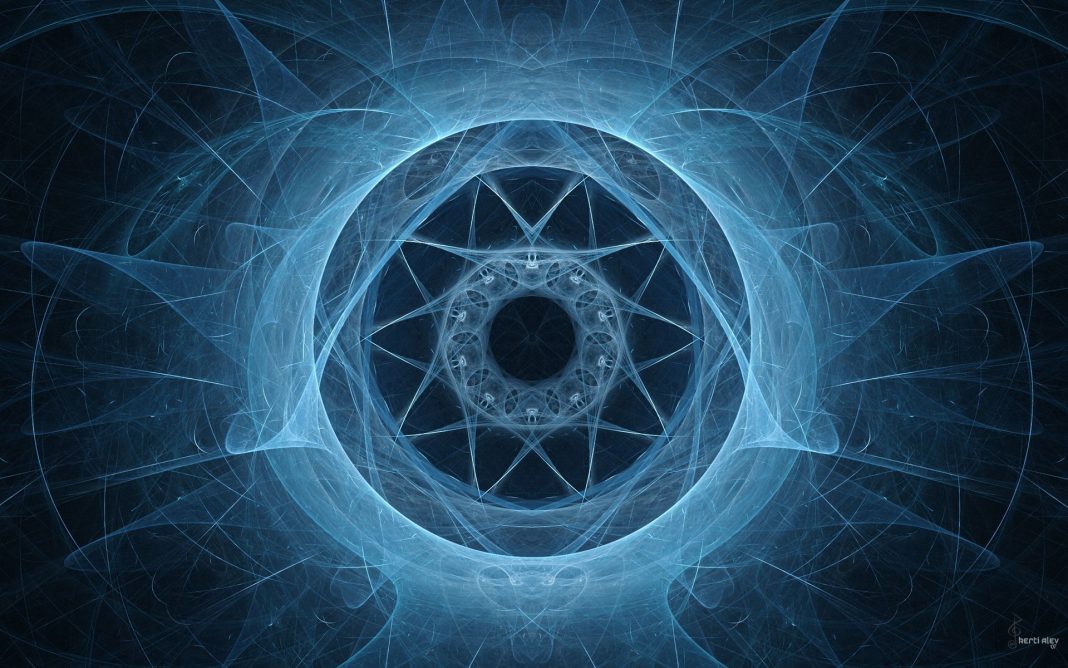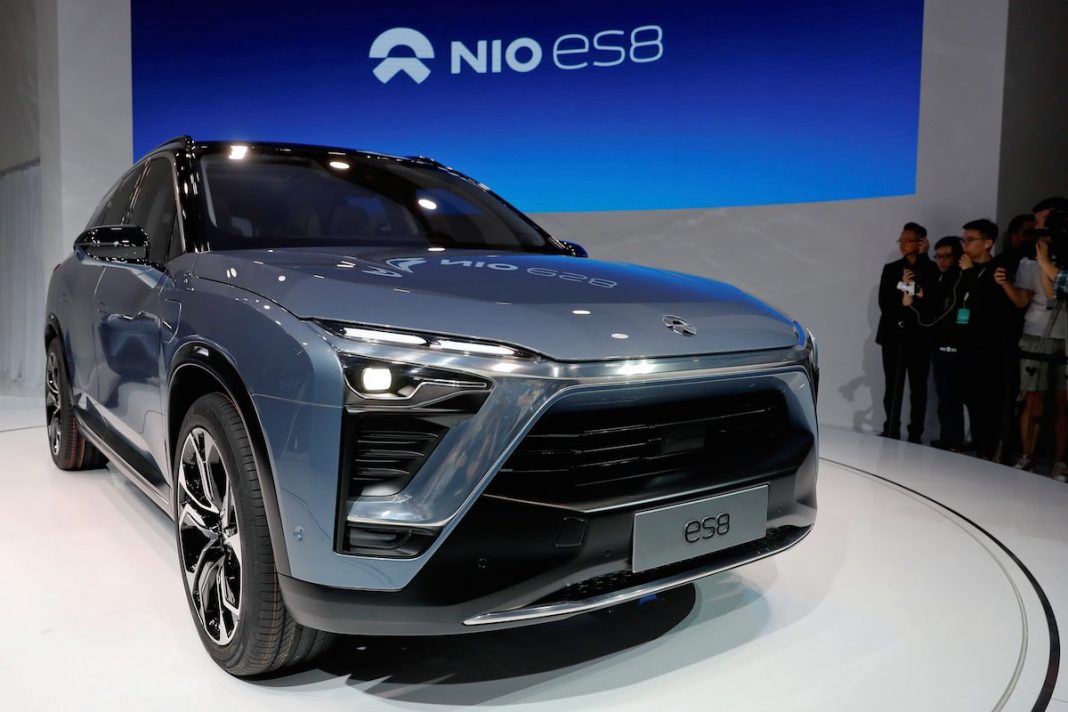We’ve known for quite some time now that the universe is not only expanding but that expansion rate is also accelerating too. All that is held within the universe is slowing getting farther and farther apart from each other, including the molecules in our own bodies. Edwin Hubble was the first to discover the expansion of the universe back in 1931 when he was studying distant galaxies. He made his observations by studying the Doppler effect. This is usually a phenomenon that’s associated with affecting sound waves, but it affects light waves also. As a galaxy moves farther away, the color of light changes and heads towards the red end of the spectrum.
This redshifting was observed in every galaxy Hubble studied and what he found was that the further away the galaxy was, the more severe the redshifting was. This had to mean then that those galaxies located farther away were moving apart at a faster rate than those close by. The only explanation for this was that the universe was expanding. Hubble deduced as well that the expansion rate of the universe was constant meaning that galaxies twice as far away would be moving twice as fast. However, in 1998, the Hubble Telescope told a different story. Upon gazing at some of the furthest galaxies through this amazing piece of equipment, astronomers discovered that not only is the universe expanding, but it’s accelerating also.
But, it’s not that simple because even though we now know the universe is accelerating, we still don’t know why. This is one of the great mystery’s of physics and one that astronomers have been trying to get to the bottom of for years. One theory comes down to what scientists call ‘dark energy,’ but until solid proof exists, who knows? For now, it’s back to the Hubble for astronomers to see what else it may reveal.
More News to Read











